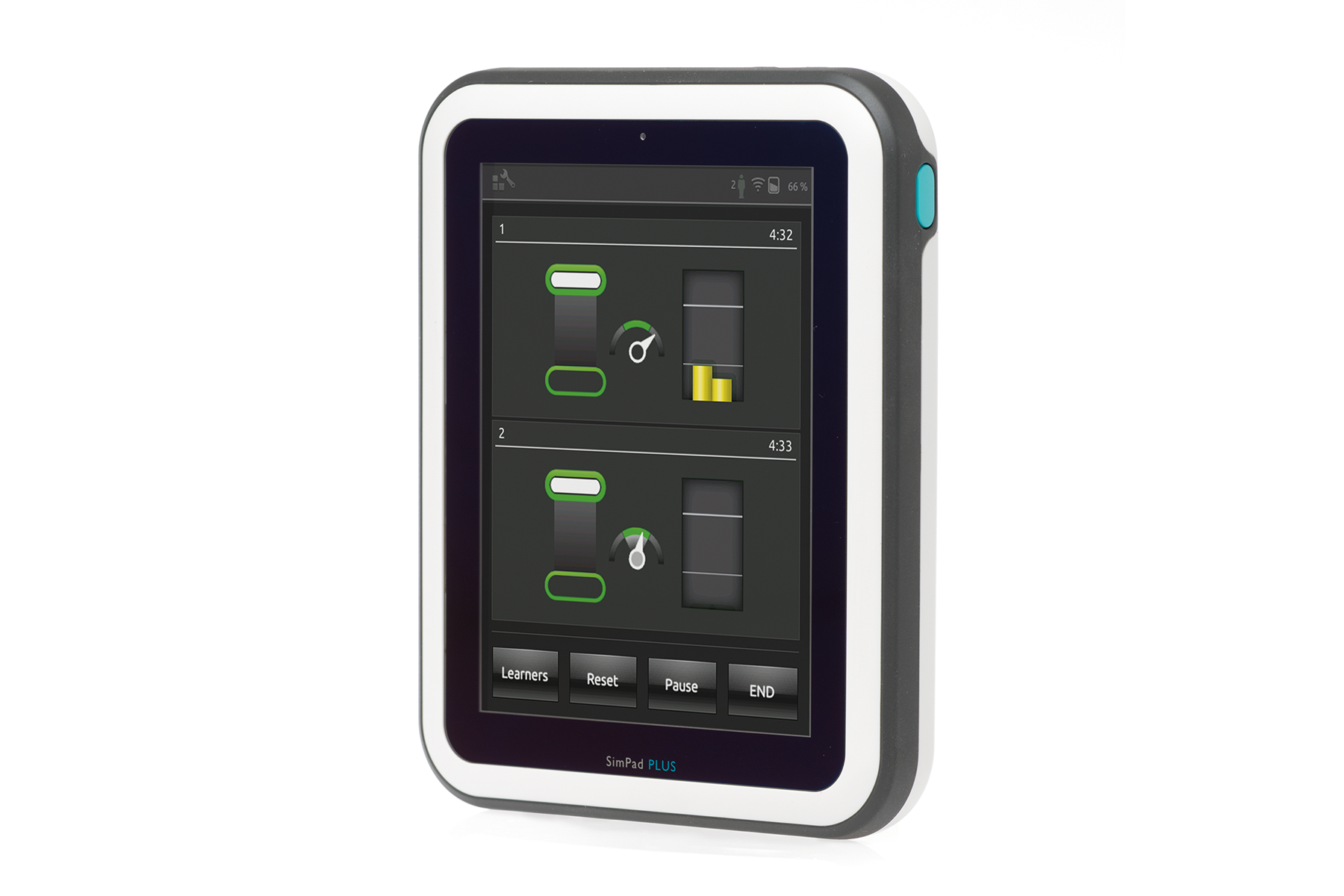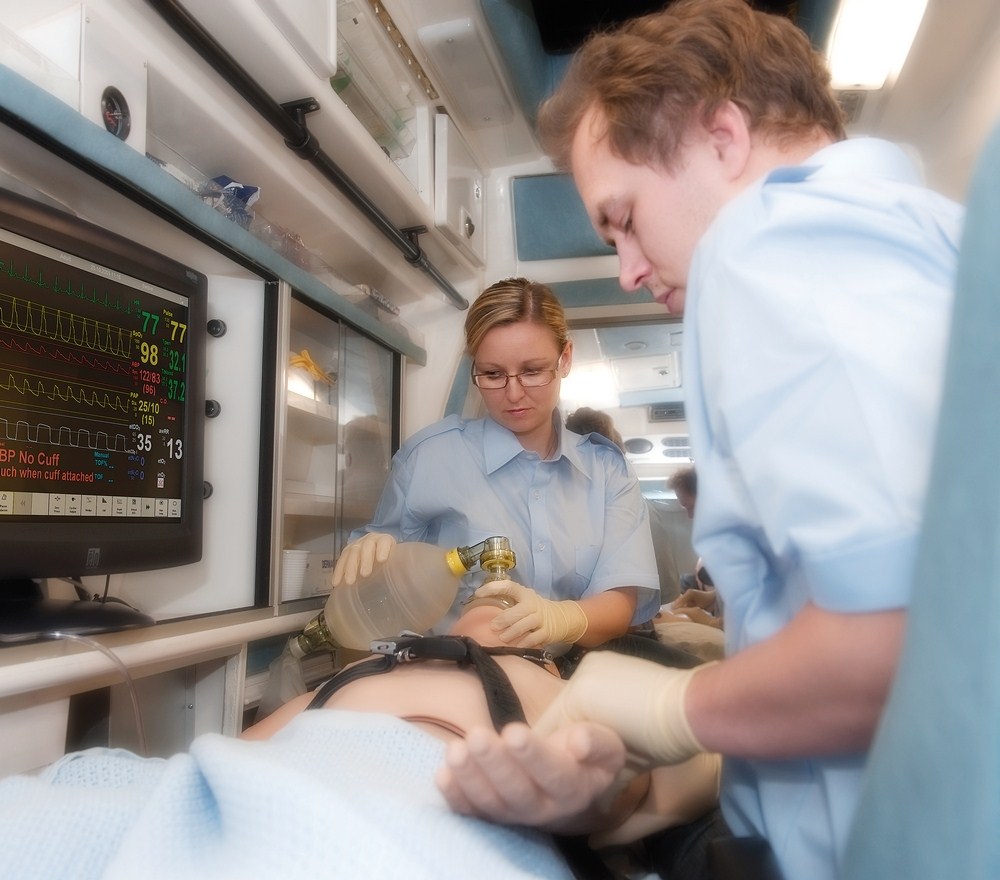
How Virtual Simulation Can Help Bridge the Gap to High-Fidelity Simulation
Training for Patient Care
Medical Errors affect a significant number of patients every year .1
Nurse educators who train novices in the Fundamentals of Nursing, as well as Medical Surgical Nursing, know it’s critical for your program to prepare learners to keep provide safe care. As simple as this may sound, it can be a challenge to make sure that your learners are exiting the program fully prepared for these low-frequency, high-risk events. In order to ensure learners are optimally prepared for practice, the ability to implement a framework that relies on effective learning methods is key.
In 1984, David Kolb developed his experiential learning theory. It asserts that learners must progress through four stages of a learning cycle, with each stage involving different experiences, in order to effectively learn2 Kolb's theory strongly suggests that no single teaching method will stand on its own. For a nursing program that covers everything from fundamental concepts to advanced medical and surgical procedures, as well as team dynamics. Instead, using a range of complementary teaching methods allows learners to connect the dots between areas of learning, building on their constructive knowledge as they progress through the program.
In a discipline as complex and life-critical as complex nursing care, high-fidelity simulation training is often regarded for the realism it brings to the learning experience. In addition to the value of hands-on experience, it provides training in teamwork and communication skills that can help minimize harm to patients. Studies from the US (REF NCSBN Study) have shown that simulation can replace up to 50% of clinical placement hours in undergraduate degree programs, although only when simulation were done following the INACSL Standards of Best Practice, were High Quality Simulations, had a Debriefing method grounded in educational theory and had trained & dedicated simulation faculty3.
For learners to get the most out of high-fidelity simulation training, they should be as confident as possible before they enter the simulation lab. Incorporating virtual simulation is one way to reinforce classroom knowledge and boost learner preparedness. Virtual simulation offers learners an interactive learning experience. It allows learners to work with realistic virtual patients, virtual simulation helps learners develop key reasoning, prioritization, and decision-making skills – all of which can be helpful assets to carry with them into the simulation lab.
Below, we explore how virtual simulation can be used as a bridge between classroom learning and high-fidelity simulation. And if you’re already using virtual simulation, you’ll find out how you can use it as a powerful tool to prepare learners for more complex learning methods like high-fidelity simulation.
Connecting the Dots Between Theory and Practice
When learners are transitioned from studying nursing care in the classroom directly into practicing complicated procedures in a high-fidelity simulation, they may be overwhelmed. They are asked to apply newly-acquired knowledge to a complex hands-on scenario without the opportunity to practice their skills first. At the same time, they must grapple with the challenge that new technology poses. This can potentially mean that high-fidelity simulation will detract from the learning experience!
With virtual simulation, learners can first apply what they've learned in the classroom with virtual patients, reinforcing that knowledge while also learning key decision-making skills through their interactions.5 This can help to prevent learners from panicking in the simulation lab when faced with their first "real" patient.
One study examined nursing learners who participated in virtual simulations after didactic coursework and before training with a high-fidelity simulator. These learners were able to transfer the knowledge they obtained from their didactic coursework more effectively during the high-fidelity simulation than learners who didn't use virtual simulation.5 For complex medical scenarios such as acute asthma or diabetic hypoglycaemia, the ability to apply key classroom-learned concepts will help learners successfully navigate their patient's care.
Boosting Confidence to Build Competence
Research indicates that self-confidence is a predictor of an individual’s ability to perform effectively in new situations6. If learners are given a chance to build confidence in their ability to treat a patient before entering the simulation lab, they may perform better once they get there.
Virtual simulation lends the opportunity for learners to engage in realistic scenarios at their own pace, with the freedom to practice the same scenario repeatedly. The adaptive learning experience provides them with personalized feedback each time, outlining their clinical reasoning. With each repetition, learners can continue to strengthen their skills until they feel comfortable and confident. Armed with the self-assurance they need to be successful. Learners can enter the simulation lab feeling prepared to focus fully on practicing critical skills like team dynamics, communication, and hands-on skills. This allows them to get the most out of the rich learning experience that high-fidelity simulation provides.
Training programs that allow learners to encounter the same patient in a virtual environment and in a hands-on environment can be particularly effective in boosting confidence and competence.
Virtual simulation can result in a powerful confidence boost, which can help pave the way for a successful experience in the simulation lab. Used together, virtual simulation and high-fidelity simulation training can work together to help form confident, competent future practitioners that are equipped to handle even the most complex adverse events in nursing.

If your nursing program already uses virtual simulation, your learners may likely be ready to apply their decision-making skills to a high-fidelity simulation. This will give them the opportunity to develop the teamwork and communication skills that will be essential to reducing risk of patient harm during practice. Conversely, if your program is already using high-fidelity simulation, your learners may benefit from virtual simulation for strengthening skills in decision-making.
Interested in a consultation?

Learn more about solutions to create a balanced learning experience for nursing programs.

References
- National Academy of Sciences (1999). To Err is Human: Building a Safer Health System. Institute of Medicine. Retrieved from
http://www.nationalacademies.org/hmd/~/media/Files/Report%20Files/1999/To-Err-is-Human/To%20Err%20is%20Human%201999%20%20report%20brief.pdf - McLeod, S. (2017). Kolb – learning styles. Retrieved from https://www.simplypsychology.org/learning-kolb.html)
- Jeffries, P.R. (2018). State of Nursing Science in Simulations & Teaching with Simulations. [PowerPoint Presentation] George Washington University School of Nursing.
- Georg, C. & Zary, N. (2014). Web-based virtual patients in nursing education: Development and validation of theory-anchored design and activity models. Journal of Medical Internet Research, 16(4). DOI: 10.2196/jmir.2556
- Tschannen, D., Aebersold, M., McLaughlin, E., Bowen, J., & Fairchild, J. (2013). Use of virtual simulations for improving knowledge transfer among baccalaureate nursing students. Journal of Nursing Education and Practice, 2(3). DOI: 10.5430/jnep.v2n3p15
- McCabe, D., Gilmartin, M., & Goldsamt, L. (2016). Student self-confidence with clinical nursing competencies in a high-dose simulation clinical teaching model. Journal of Nursing Education and Practice, 6(8). DOI: 10.5430/jnep.v6n8p52
- Leonard, M., Graham, S., & Bonacum, D. (2004.) The Human Factor: The Critical Importance of Effective Teamwork and Communication in Providing Safe Care. Quality & Safety in Health Care, 13 (Suppl 1), i85-i90.
- Institute for Healthcare Improvement. (2012, May 30). Expedition: Preventing obstetrical adverse events. Retrieved from http://www.ihi.org/education/WebTraining/Expeditions/PreventingObstetricalAdverseEvents/Pages/default.aspx

